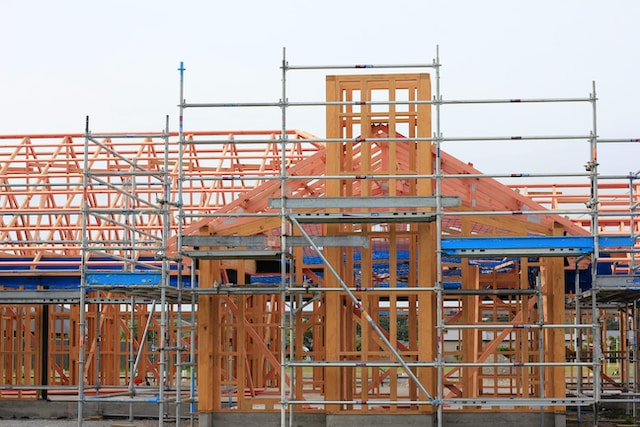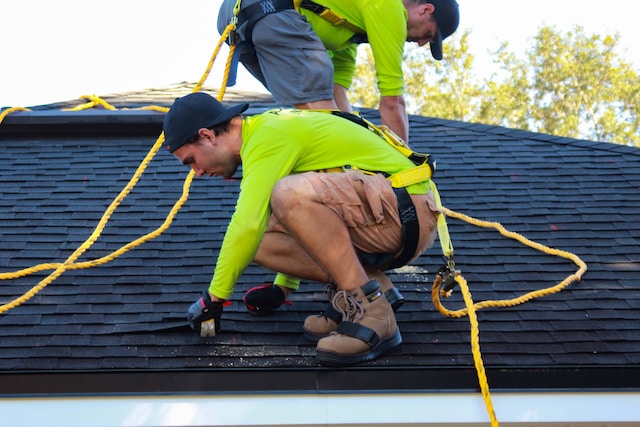California has a long list of protected classes under its fair housing laws. Landlords are forbidden from refusing tenants on the basis of being in a protected class. People with a criminal history, however, are not a protected class, and landlords are allowed to request a background check and base their decisions on it. So landlords may not be aware that it is illegal have a blanket ban on tenants with criminal history. Why is this the case, then? The answer is implicit discrimination.
It’s well known that racial minorities, particularly Blacks, are heavily disproportionately criminal record holders. Regardless of the reason for this fact, it’s true that blanket bans on criminal record holders do therefore disproportionately affect racial minorities. Because of this, California law prohibits these blanket bans. It is, of course, also illegal for landlords to only conduct background checks on members of specific protected classes, but this shouldn’t come as a surprise. In addition, landlords cannot reject tenants on the basis of suspected criminal activity without a criminal record, nor on the basis of gang affiliation. Despite the association of gang affiliation with probable criminal activity, it is not actually illegal to simply be a member of one.
Photo by Kalle Saarinen on Unsplash
More: https://journal.firsttuesday.us/california-targets-unlawful-crime-free-housing-policies/90723/



















